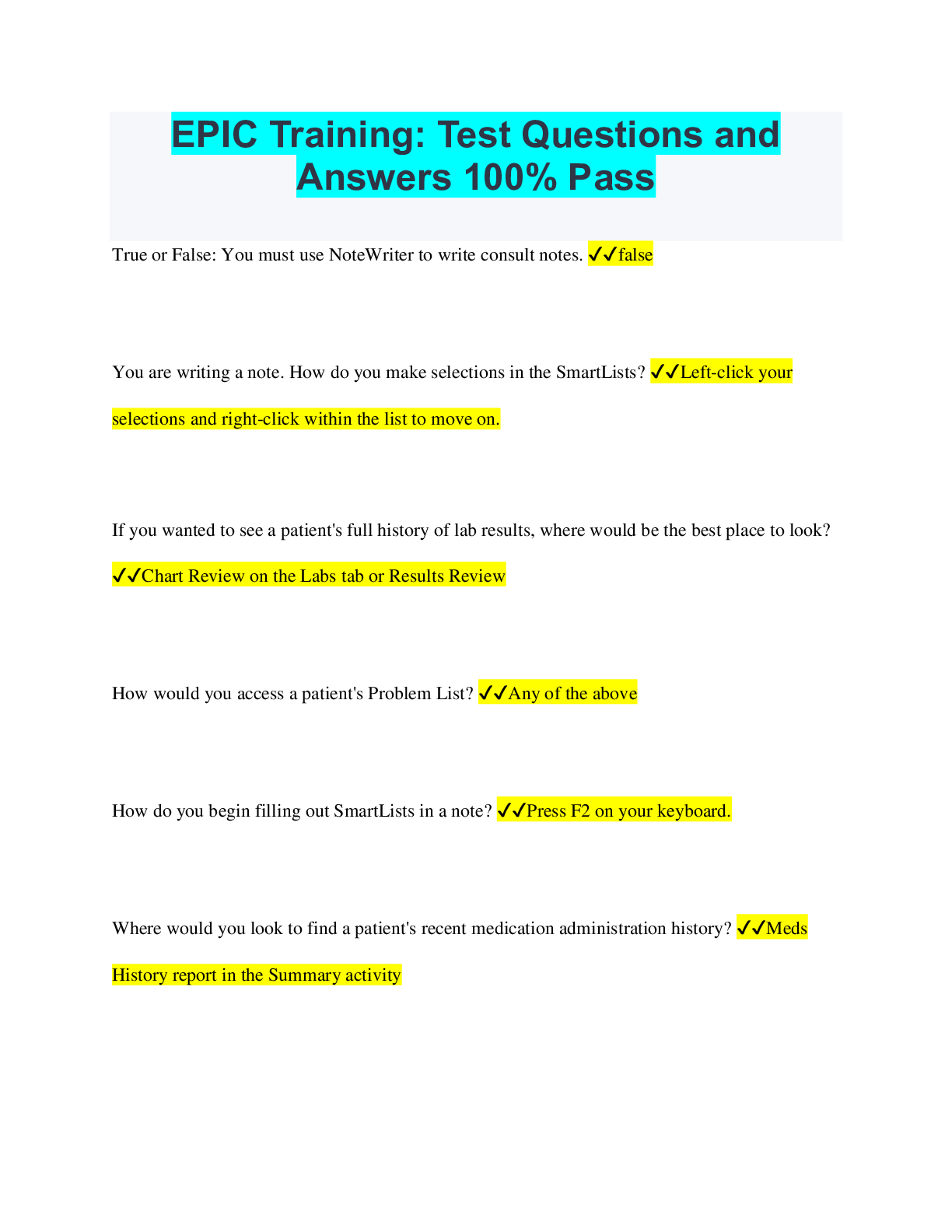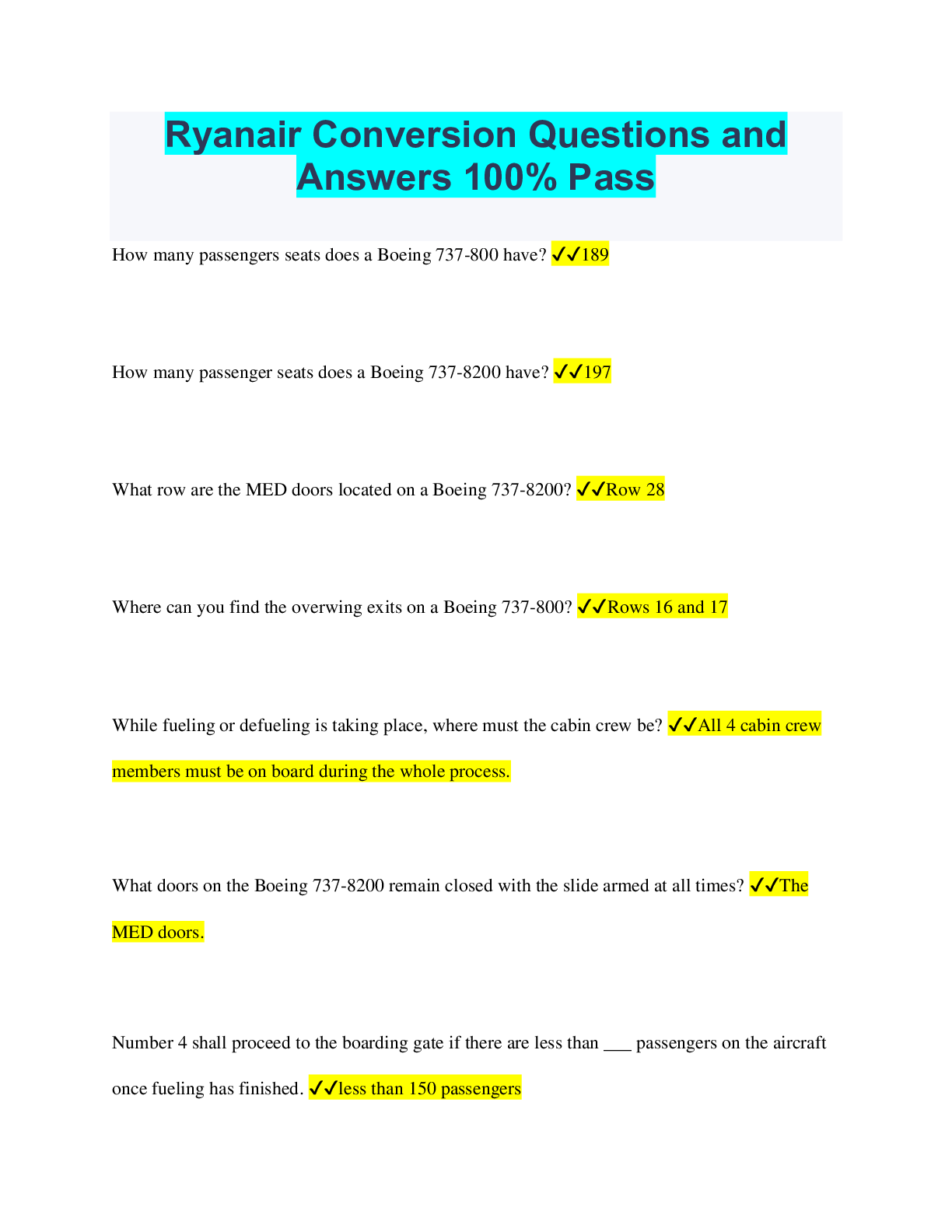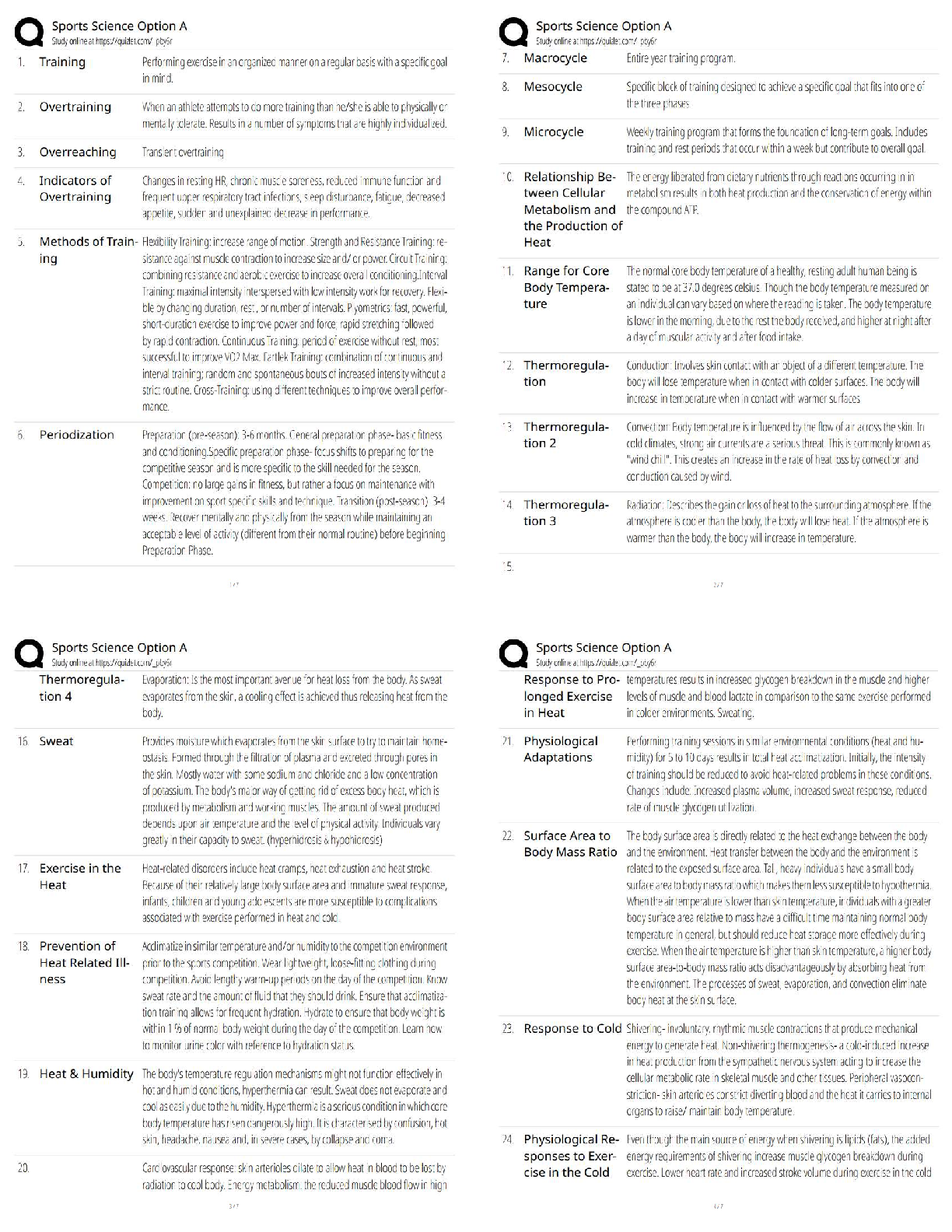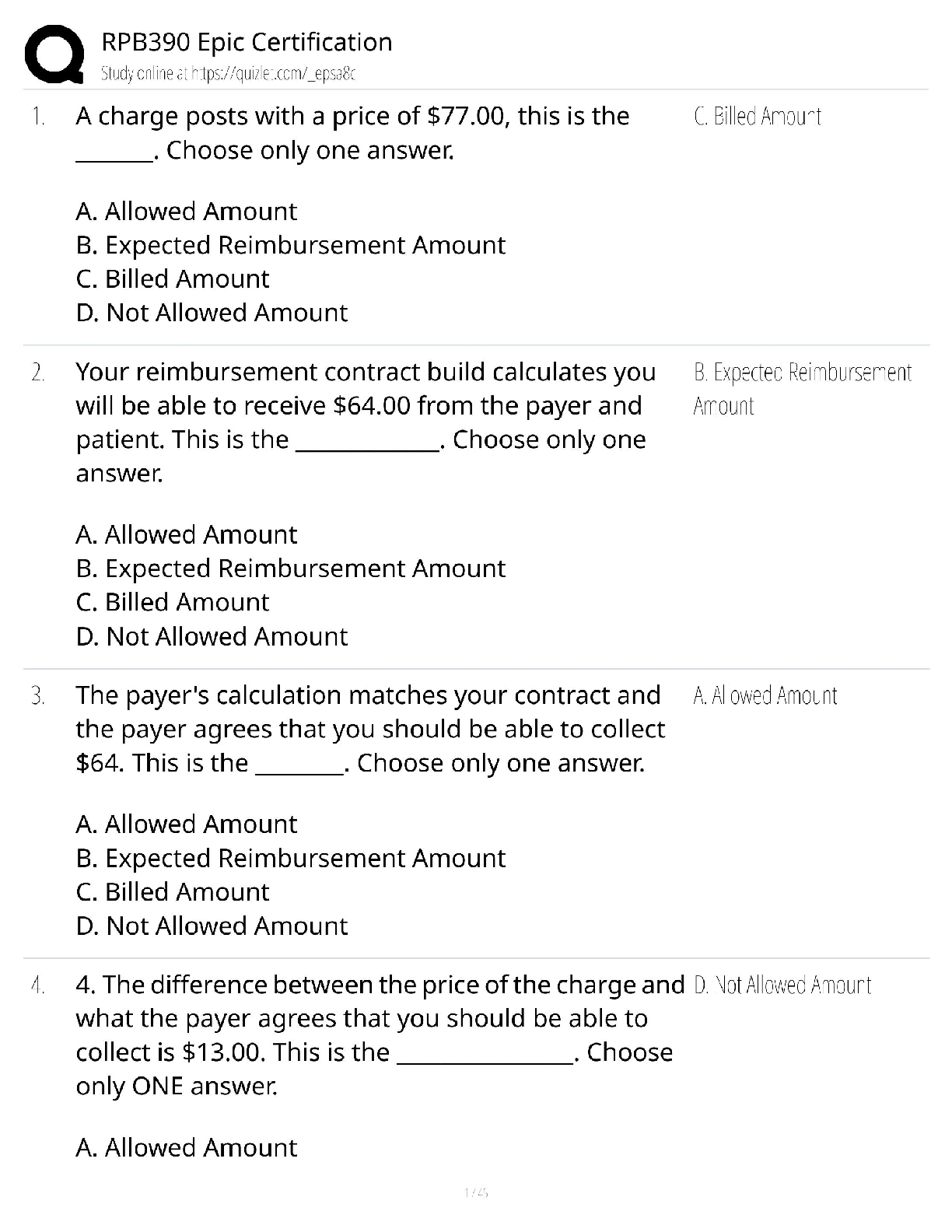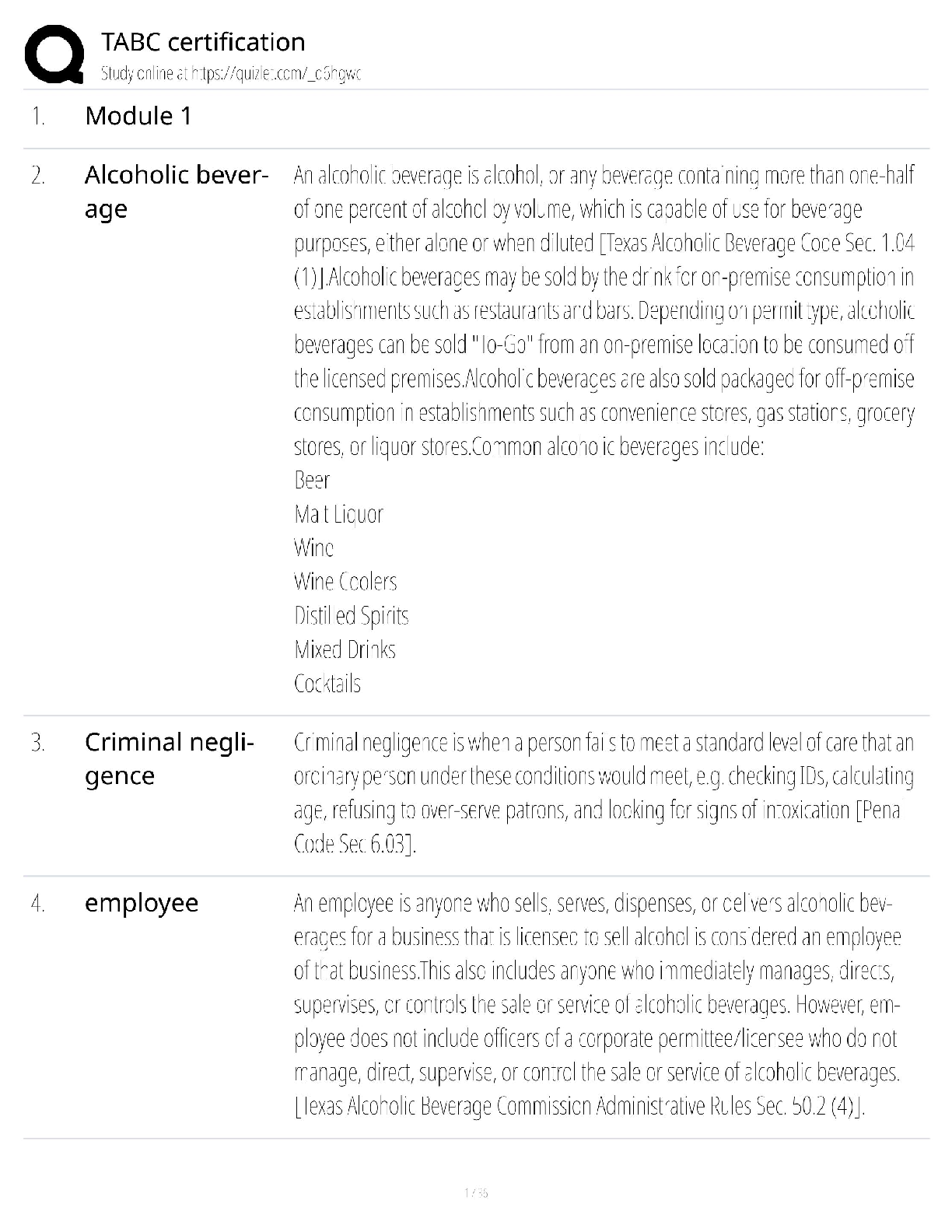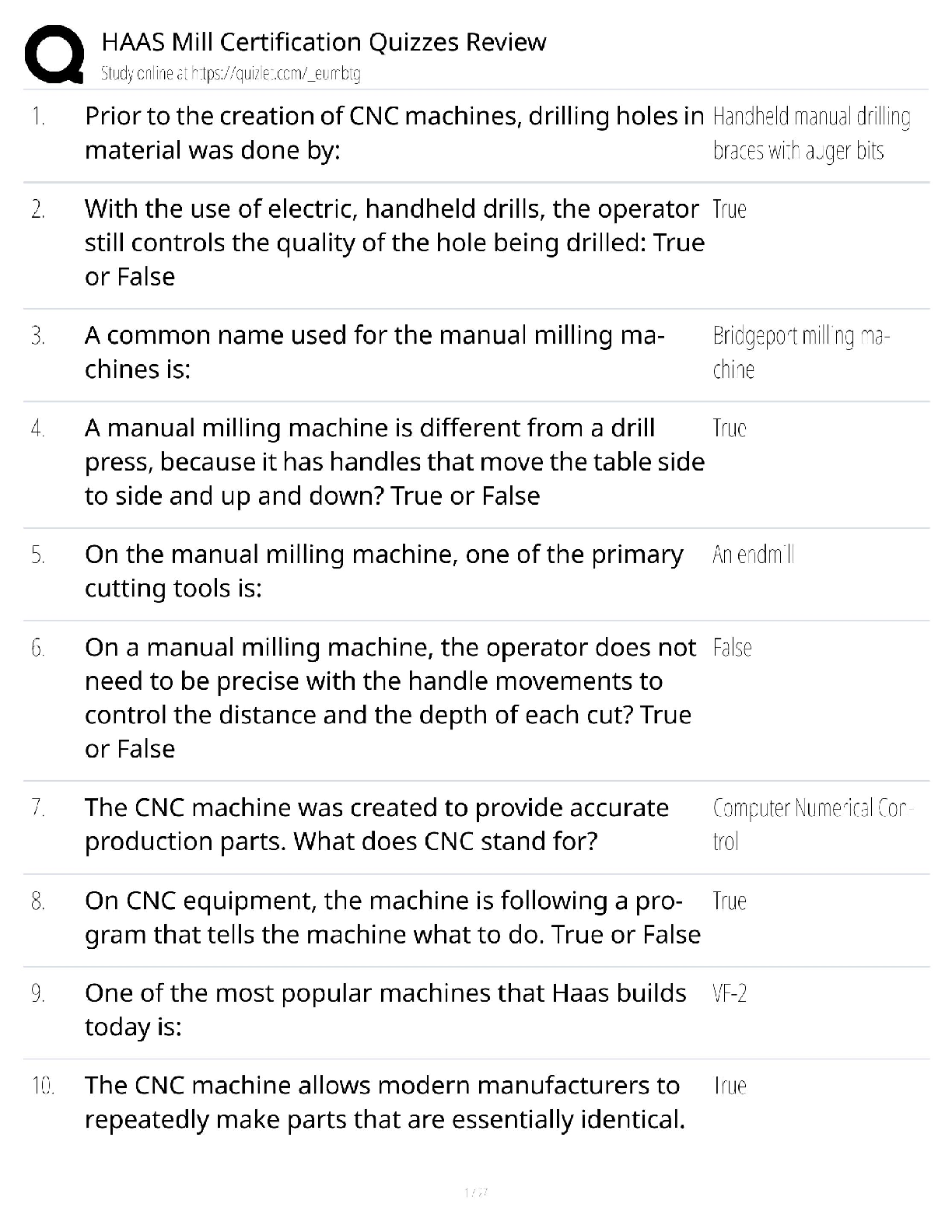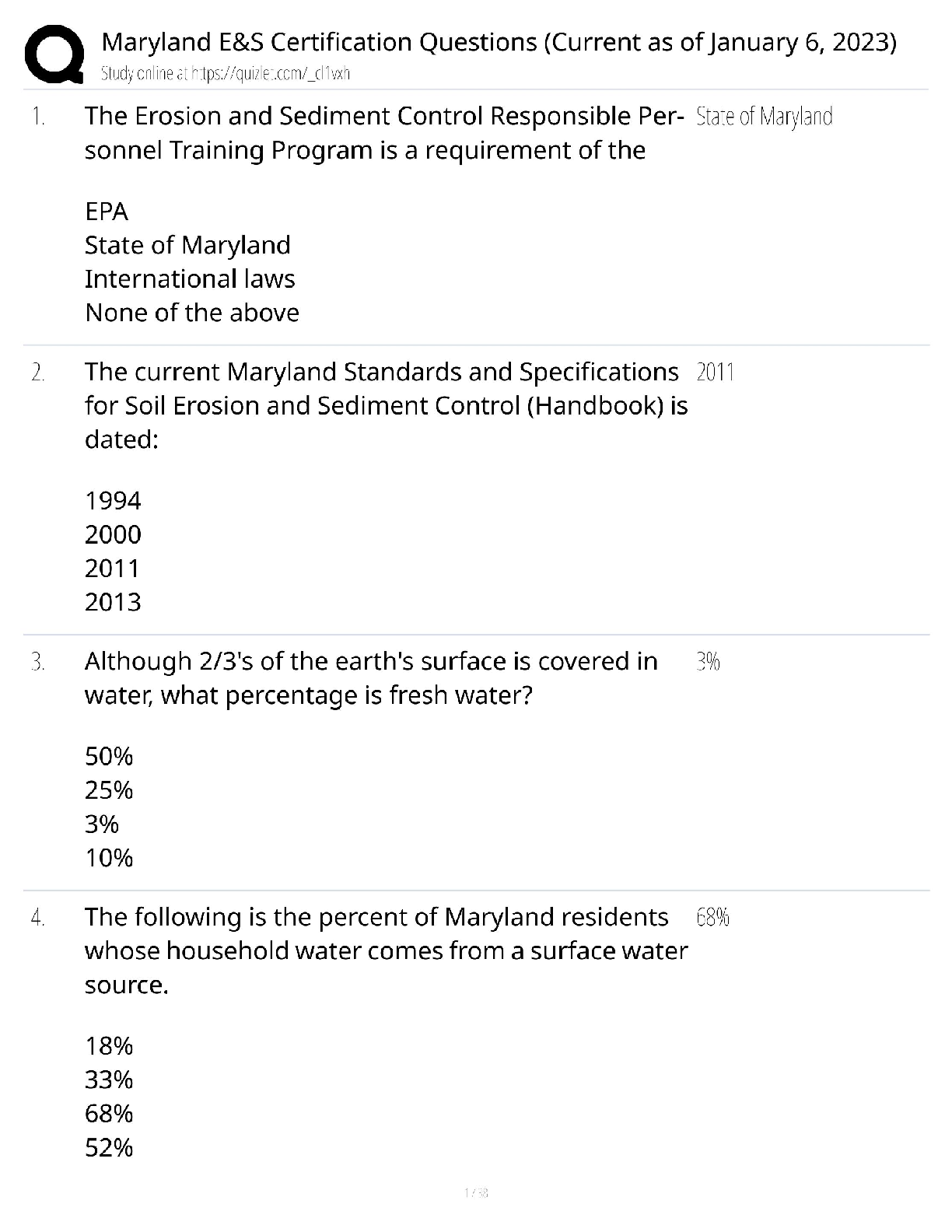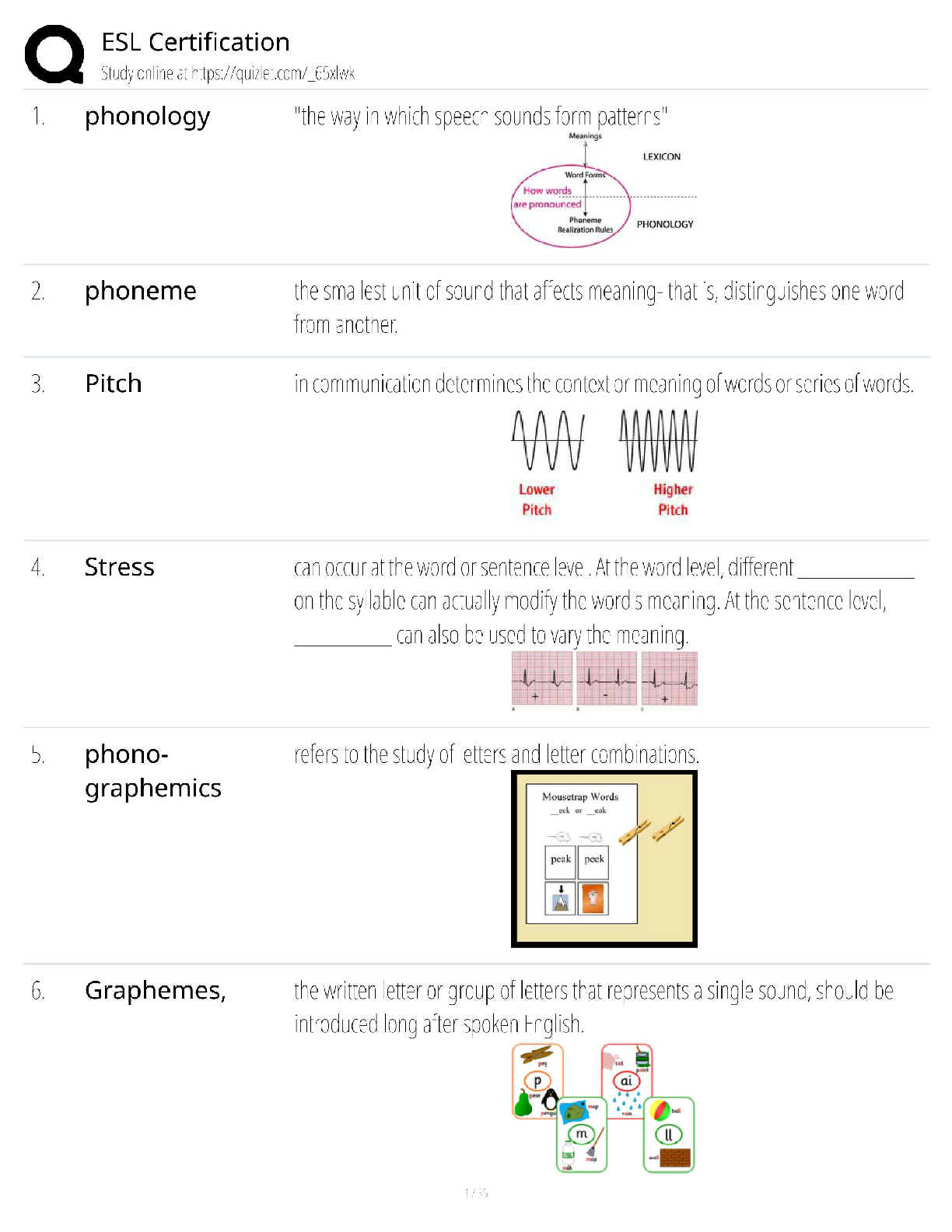SCIENCE 101 > QUESTIONS & ANSWERS > NLN PAX Science: Physics Questions and Answers Already Passed (All)
NLN PAX Science: Physics Questions and Answers Already Passed
Document Content and Description Below
NLN PAX Science: Physics Questions and Answers Already Passed aim of physics ✔✔to understand the physical laws and principles that influence every aspect of daily life displacement of an objec ... t ✔✔the distance that an object is from some starting point, and is measured in units of length How does displacement change when an object is in motion? ✔✔it is constantly changing How is motion described? ✔✔by displacement, velocity (speed) and acceleration speed ✔✔distance traveled by an object per unit of time speed = (distance traveled/time) velocity ✔✔speed in a given direction What two things does velocity tell us about a moving object? ✔✔its speed and direction acceleration ✔✔the rate of change in velocity; can be any change in velocity, either positive or negative. deceleration ✔✔negative acceleration or a decrease in velocity and can change in direction How is acceleration calculated? ✔✔(final velocity-original velocity)/time Why can velocity and acceleration be described using vectors? ✔✔because they have both magnitude and direction What quality do all moving objects have? ✔✔momentum; an object traveling at a specific velocity has momentum calculate momentum ✔✔Momentum = mass x velocity conservation of momentum ✔✔the total movement of an isolated system is always constant, ie during a collision, the momentum of each body changes but the total momentum is conserved. One object may lose momentum, but this momentum is gained by other object How is momentum conserved when a moving object hits a stable object, such as a bullet hitting a wall? ✔✔the moving object, like the bullet, delivers an impulse to the wall, and this impulse is said to be the change in the objects momentum Newton's first law ✔✔objects in motion tend to stay in motion and objects at rest tend to stay at rest inertia ✔✔the property of matter that resists any change in motion Newton's second law ✔✔describes the relationship between force, mass and acceleration; the force of an object equals the mass of the object times its acceleration f = ma newton ✔✔the unit that represents a force that accelerates a mass of 1 kg 1 meter per second friction ✔✔force that is exerted on an obj [Show More]
Last updated: 3 years ago
Preview 1 out of 12 pages
.png)
Buy this document to get the full access instantly
Instant Download Access after purchase
Buy NowInstant download
We Accept:

Also available in bundle (1)
Click Below to Access Bundle(s)
.png)
NLN PAX BUNDLED EXAM QUESTIONS AND ANSWERS WITH COMPLETE SOLUTIONS
NLN PAX BUNDLED EXAM QUESTIONS AND ANSWERS WITH COMPLETE SOLUTIONS
By Nutmegs 3 years ago
$15
20
Reviews( 0 )
$10.00
Can't find what you want? Try our AI powered Search
Document information
Connected school, study & course
About the document
Uploaded On
Sep 11, 2022
Number of pages
12
Written in
All
Additional information
This document has been written for:
Uploaded
Sep 11, 2022
Downloads
0
Views
130





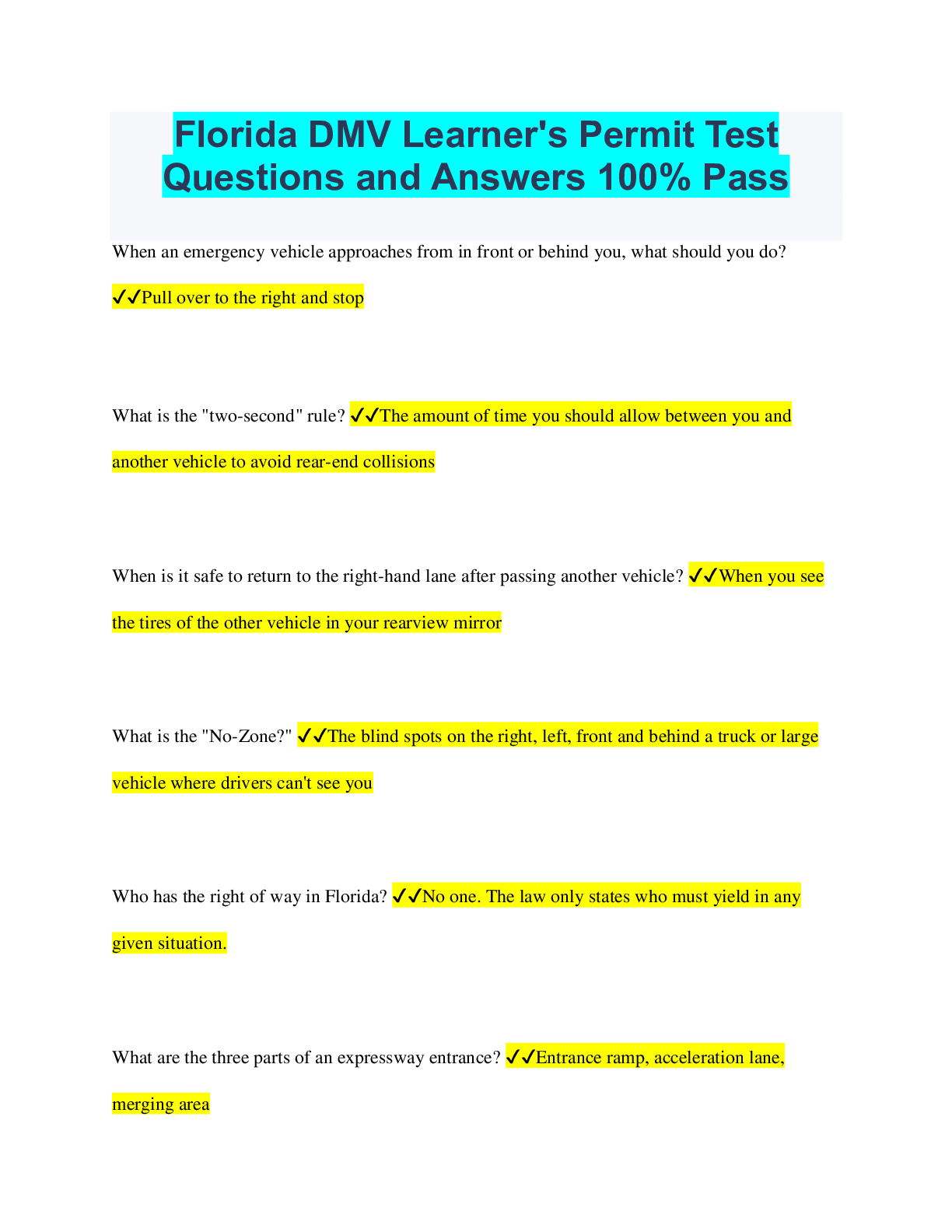
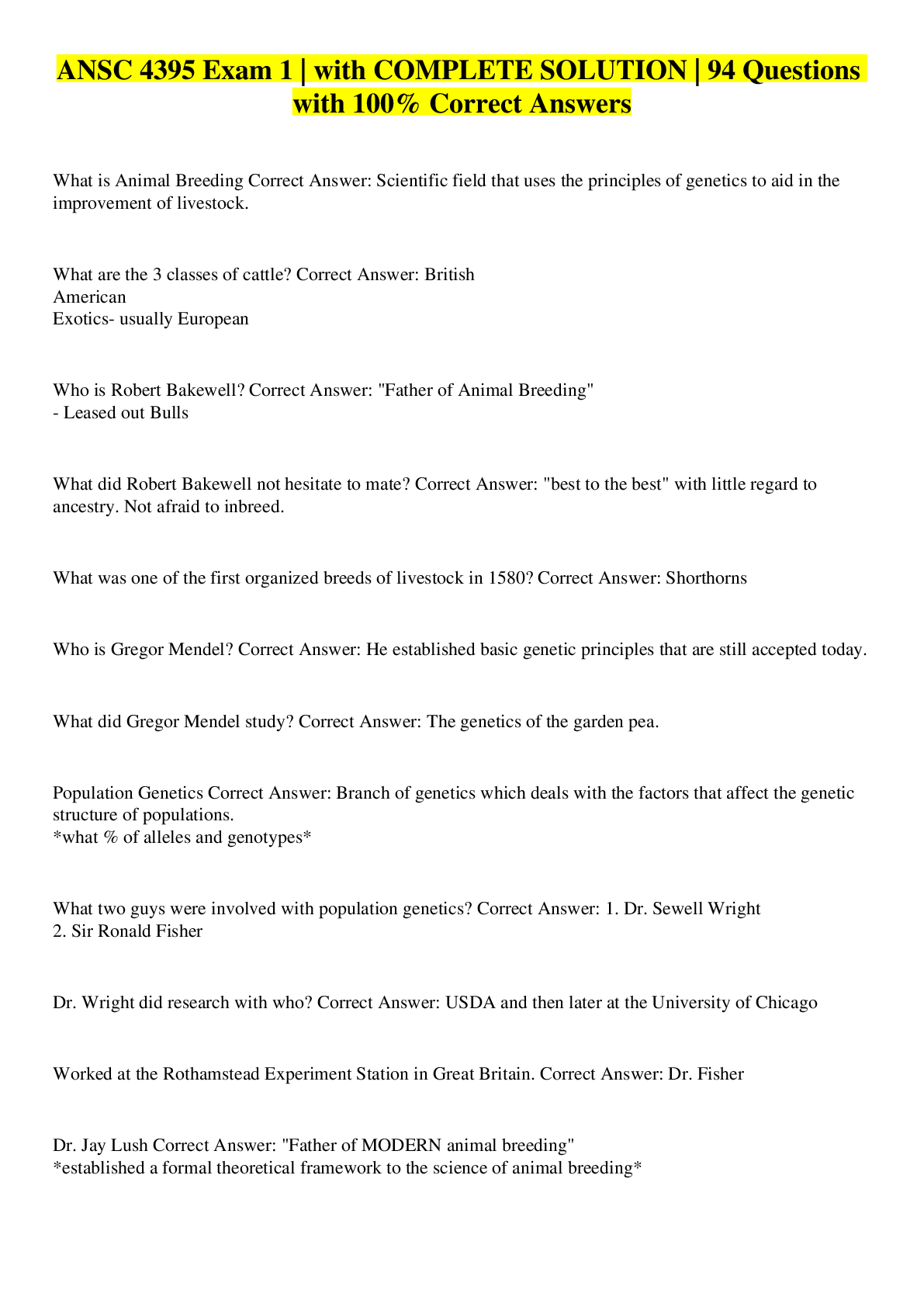

.png)


